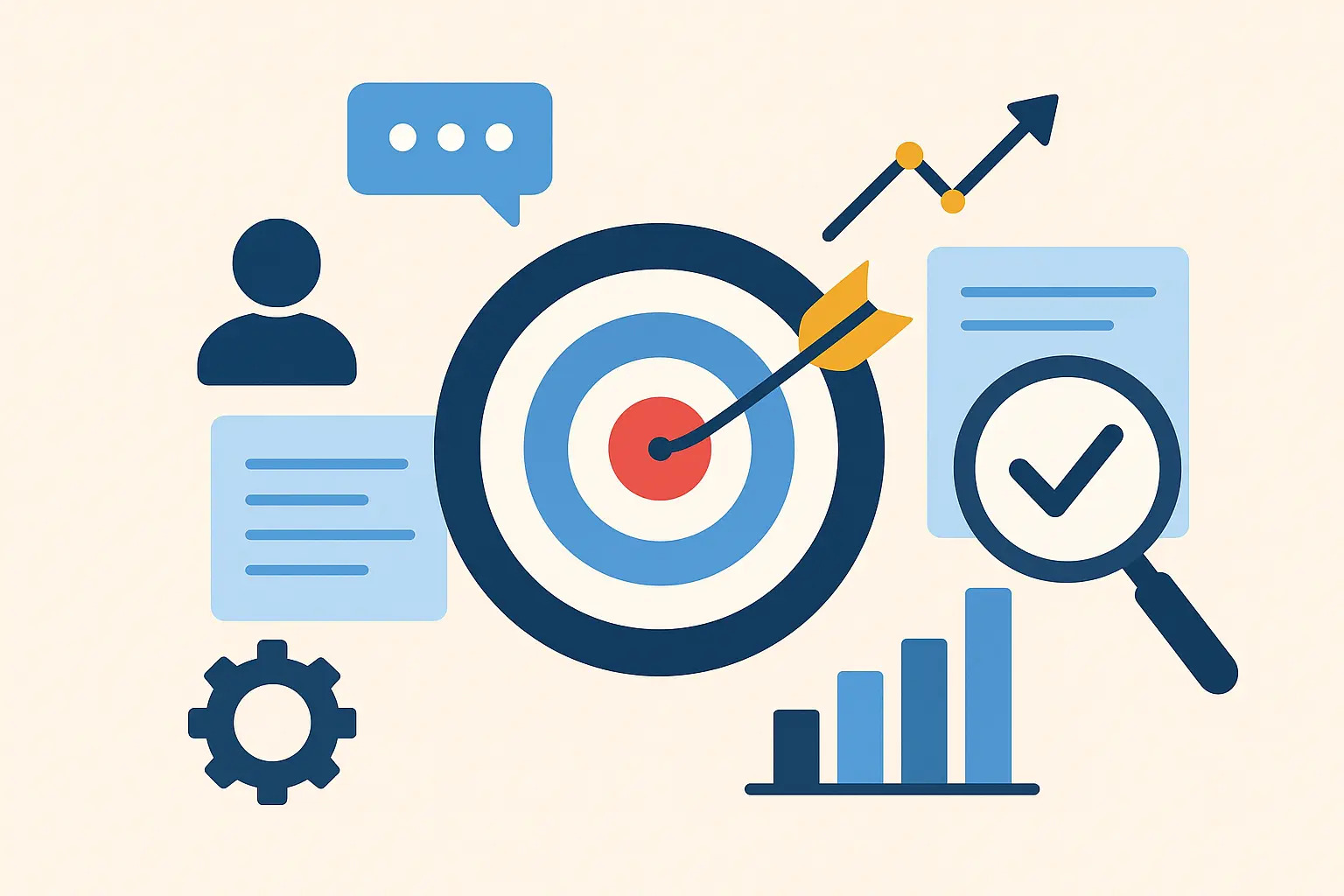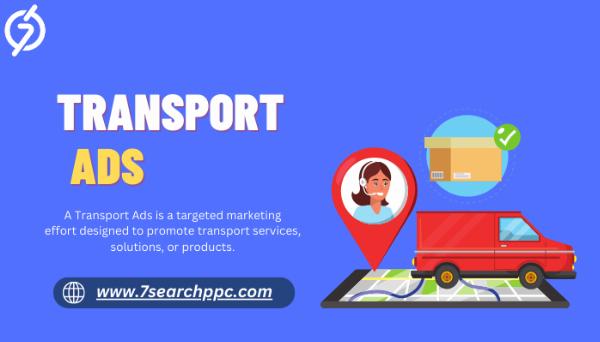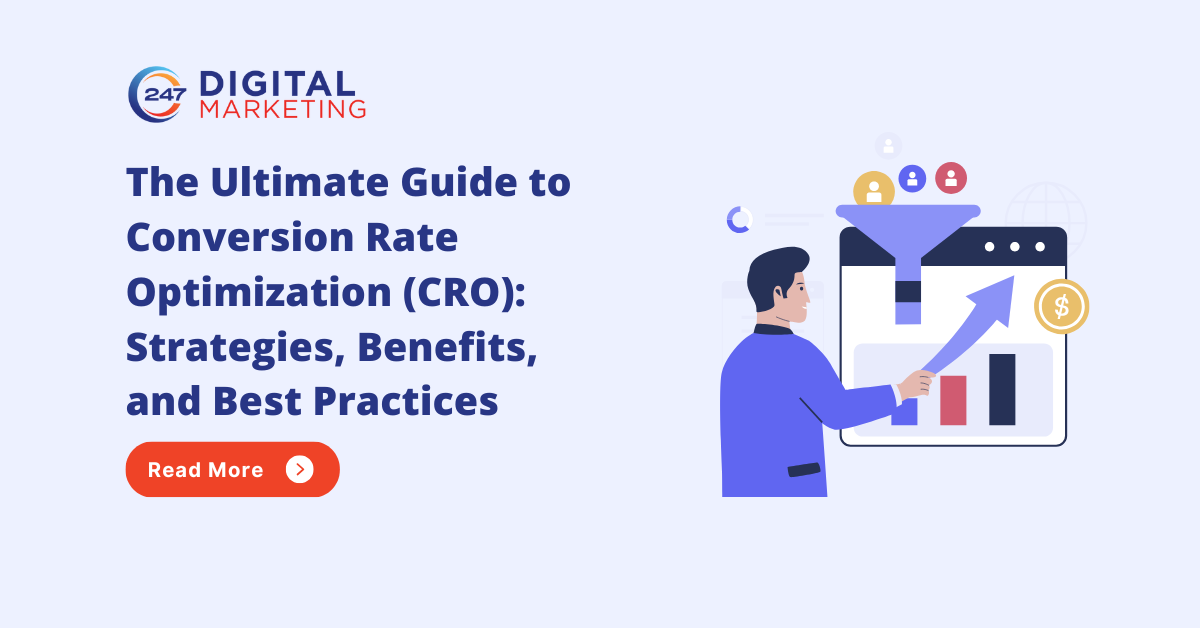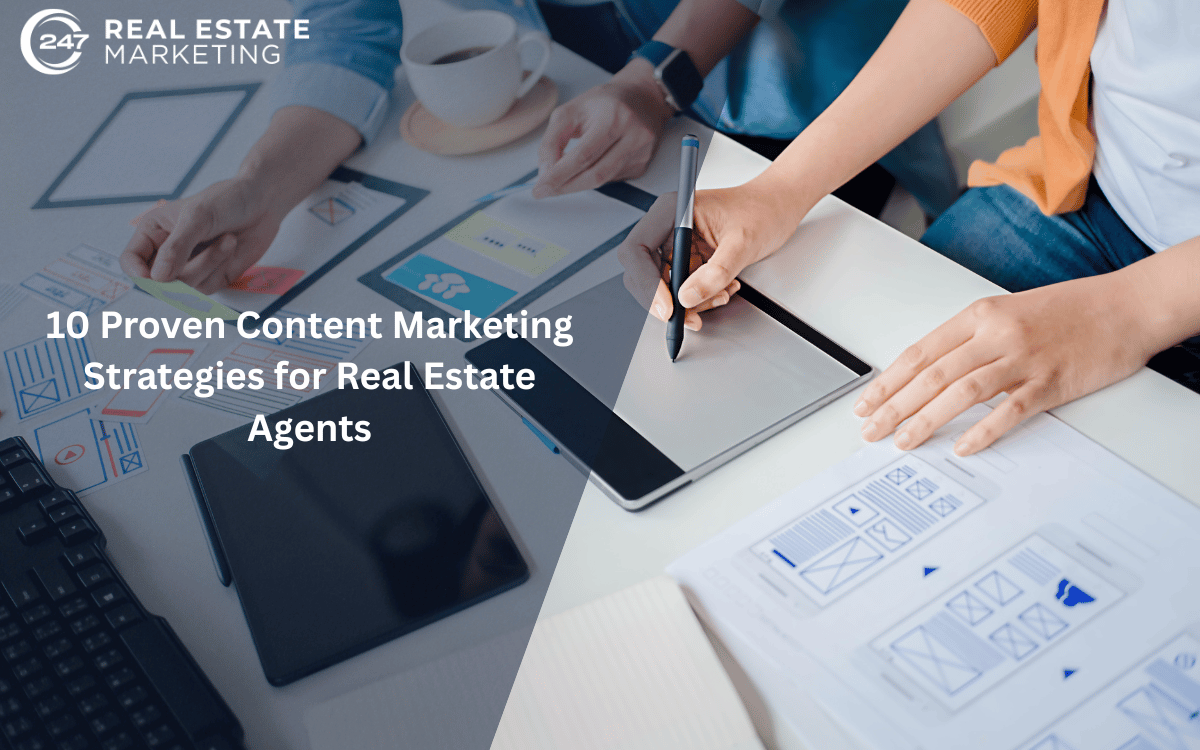The Ultimate Guide to Crafting a Winning ABM Strategy

Strong 8k brings an ultra-HD IPTV experience to your living room and your pocket.
In today’s competitive B2B landscape, generic marketing tactics no longer cut through the noise. Companies — from digital marketing agencies to mobile app marketing firms — need a focused, personalized approach to engage high-value prospects effectively. That’s where Account-Based Marketing (ABM) shines. ABM transforms traditional lead generation by aligning sales and marketing teams around a carefully selected set of target accounts, delivering tailored campaigns that speak directly to each client’s unique needs and business goals. In this step-by-step guide, we’ll explore how to craft and execute a winning ABM strategy that drives meaningful engagement, accelerates deal velocity, and fuels sustainable growth for both digital and mobile-focused enterprises.
Step 1: Define Your Ideal Customer Profile (ICP)
This foundational step is crucial. Your ICP is a detailed description of the type of company that would benefit most from your solution and, in turn, provide the most value to your business. Go beyond basic firmographics (industry, size, revenue). Delve into:
Technographics: What technologies do they currently use? (e.g., specific CRM, marketing automation platforms, cloud providers)
Pain Points & Challenges: What specific problems do they face that your product or service can solve?
Goals & Aspirations: What are their strategic objectives, and how can your offering help them achieve them?
Organizational Structure: Who are the key decision-makers, influencers, and end-users within these organizations? What is their buying process typically like?
Growth Trajectory: Are they growing, stable, or facing decline? Growth often indicates a need for new solutions.
To create a strong ICP, work closely with your product, sales, and customer success teams. They have first-hand knowledge of your most profitable clients, which is invaluable.
Step 2: Build Your Target Account List (TAL)
Based on your ICP, identify a finite list of specific companies to target. This isn't about volume; it's about precision. ABM typically employs three models:
One-to-One ABM: Campaigns that are highly personalized for a very limited number of very high-value accounts (5–20). Each touchpoint and piece of material is specially created for that one account.
One-to-Few ABM: Tailored advertising campaigns for small groups (20–100) of accounts with comparable traits or issues. Although it might be slightly tailored for the group, the content is still quite useful.
One-to-Many ABM: Use technology to more extensively (100+) personalize campaigns for more accounts. The degree of personalization is more automated, but it is still account-centric.
To find accounts that match your ICP and are actively expressing interest in solutions similar to yours, use tools such as ZoomInfo, Clearbit, LinkedIn Sales Navigator, and intent data platforms (such as Bombora and G2 Intent). For instance, digital marketing agencies might use intent data to pinpoint companies searching for "SEO services for SaaS" or "content marketing strategy overhaul." Similarly, mobile app marketing companies could identify app publishers researching "user acquisition strategies" or "app store optimization tools."
Step 3: Deep Account Research and Persona Development
Once your TAL is set, conduct exhaustive research on each account. This goes beyond publicly available information. Look for:
Recent News: Mergers, acquisitions, funding rounds, leadership changes, new product launches.
Financial Performance: Any publicly available reports, recent growth, or challenges.
Competitors: Who are their main rivals, and how does your solution provide a competitive advantage?
Key Stakeholders: Determine who the account's decision-makers and influencers are. Recognize their particular problems as well as their jobs and obligations. Create thorough buyer personas for everyone.
The hyper-personalization is fueled by this detailed study. It enables you to comprehend the political climate inside the company and modify your messaging to speak to the unique issues and driving forces of each person.
Step 4: Develop Personalized Content and Messaging
Your study comes to life at this point. Provide highly tailored content that precisely addresses the objectives and pain points of your target accounts and their important stakeholders. This might consist of:
Tailored Case Studies: Featuring similar companies or addressing analogous challenges.
Customized Whitepapers or Reports: Addressing industry-specific trends relevant to the account.
Personalized Video Messages: A direct message from a sales rep or executive.
Account-Specific Landing Pages: With unique messaging, visuals, and calls to action.
Direct Mail Campaigns: Thoughtful, personalized gifts or informational packets that cut through digital noise.
Webinars or Events: Tailored content or exclusive invitations for target account stakeholders.
For example, a digital marketing agency targeting a specific e-commerce brand might create a personalized report analyzing their current online visibility and suggesting tailored strategies for improvement. A mobile app marketing company might develop a mock-up showing how their platform could boost downloads for a particular gaming app, directly addressing its revenue goals.
Step 5: Orchestrate Multi-Channel Engagement
ABM is rarely a single-channel play. It requires a coordinated effort across various touchpoints to surround and engage target accounts. This can include:
Digital Advertising: Highly targeted ads on LinkedIn, Google, or programmatic platforms, using account IP targeting or firmographic data.
Email Marketing: Personalized email sequences from both marketing and sales, building on shared insights.
Social Selling: Interacting with important stakeholders on Twitter, LinkedIn, and other pertinent websites. Taking part in industry discussions and sharing pertinent content.
Direct Outreach: Account executives (AEs) or sales development representatives (SDRs) make extremely tailored phone calls and send InMail messages.
Web Personalization: Modifying the content of a website dynamically based on known characteristics or the IP address of the visiting account.
Events: Arranging special online or live events, or sending invitations to pertinent business conferences to target accounts.
The key is to ensure all channels work in harmony, delivering a consistent and cohesive message.
Step 6: Sales and Marketing Alignment (Ongoing)
This is an ongoing process rather than a one-time setup. The marketing and sales teams must have regular, organized meetings. Talk about:
Account Progress: Which accounts are engaging? What are the next steps?
Learnings: What messaging is resonating? What challenges are emerging?
Content Needs: What new content or resources would help sales close deals?
Feedback Loop: Sales provides insights from direct interactions, informing marketing's strategy. Marketing provides intelligence to enable sales outreach.
A cohesive "smarketing" strategy is fostered by this ongoing communication, which guarantees that both teams are pursuing common objectives and optimizing productivity.
Step 7: Measure, Analyze, and Optimize
ABM concentrates on account-level KPIs as opposed to traditional marketing, which frequently employs lead volume as the main metric:
Account Engagement: Are key stakeholders opening emails, visiting personalized landing pages, consuming content, and interacting with sales?
Pipeline Contribution: How many target accounts are moving into the sales pipeline?
Deal Velocity: How quickly are deals closing within target accounts?
Average Deal Size: Are ABM efforts leading to larger contracts?
Win Rate: What is the conversion rate from target account to closed-won?
Customer Lifetime Value (CLV): For existing accounts, is ABM helping to expand relationships and increase revenue?
To monitor these indicators, use CRM and ABM platforms (such as Demandbase, 6sense, and Terminus) that leverage artificial intelligence (AI) to deliver deeper insights and predictive analytics. AI-powered tools can identify engagement patterns, forecast buying intent, and recommend the next best actions for each account, enabling smarter decision-making. Regularly analyze this data to determine what is and isn’t working, then iterate and refine your approach accordingly. ABM is an iterative process, and long-term success depends on continuous optimization powered by data and intelligent automation.
ABM in Action: Real-World Applications
Think about a business-to-business SaaS provider of project management software. They define their ICP as rapidly expanding tech startups with 50–200 workers, utilizing particular rival software, and having just obtained Series B funding, rather than aiming their marketing at all small and medium-sized enterprises.
ICP & TAL: After identifying 50 of these businesses, they create a comprehensive list that includes information on their recent fundraising announcements, ongoing project management difficulties (such as lack of integration or scaling concerns), and important decision-makers (such as the CTO, head of product, and project managers).
Research: They discovered that a lot of these startups have trouble integrating with their current development tools and communicating across functional boundaries.
Content: "Scaling Project Management for Hyper-Growth Tech Startups: A Guide to Seamless Cross-Functional Collaboration," a special whitepaper they produce, highlights the ways in which their software works with well-known development tools. Additionally, they create customized video endorsements from like prosperous startups.
Engagement:
Digital Ads: LinkedIn advertising was specifically targeted at employees of these 50 organizations and showed them excerpts from the whitepaper.
Email/Direct Mail: A real direct mail box with the whitepaper and a customized ROI calculator was sent after personalized emails were sent to CTOs and Heads of Product, highlighting their recent investment and a pain point they had identified.
Sales Outreach: Referencing the whitepaper and offering them to a unique demo tailored to their particular integration requirements, SDRs follow up with customized InMails.
Alignment: To review account engagement, share insights from sales calls, and adjust messaging based on real-time feedback, sales and marketing hold daily stand-ups.
Measurement: Ultimately, they monitor conversion rates and average transaction size from the target list, as well as website visits from target accounts, whitepaper downloads by key personas, and demo requests.
Their odds of converting these high-value prospects are significantly increased by this targeted approach, which results in a sales funnel that is far more effective and lucrative.
The Future of B2B Lead Generation
ABM will continue to gain traction as the B2B market gets more congested and consumers get pickier. It's a fundamental change in how companies approach revenue-generating, not merely a marketing gimmick. ABM enables companies to produce genuinely high-quality B2B leads, reduce sales cycles, and create enduring, lucrative client relationships by emphasizing quality over quantity, encouraging deep customization, and coordinating sales and marketing departments. For digital marketing agencies and mobile app marketing companies aiming to secure enterprise clients or specific high-growth ventures, mastering ABM is no longer an option—it's a strategic imperative for sustainable growth and competitive advantage.
Note: IndiBlogHub features both user-submitted and editorial content. We do not verify third-party contributions. Read our Disclaimer and Privacy Policyfor details.







